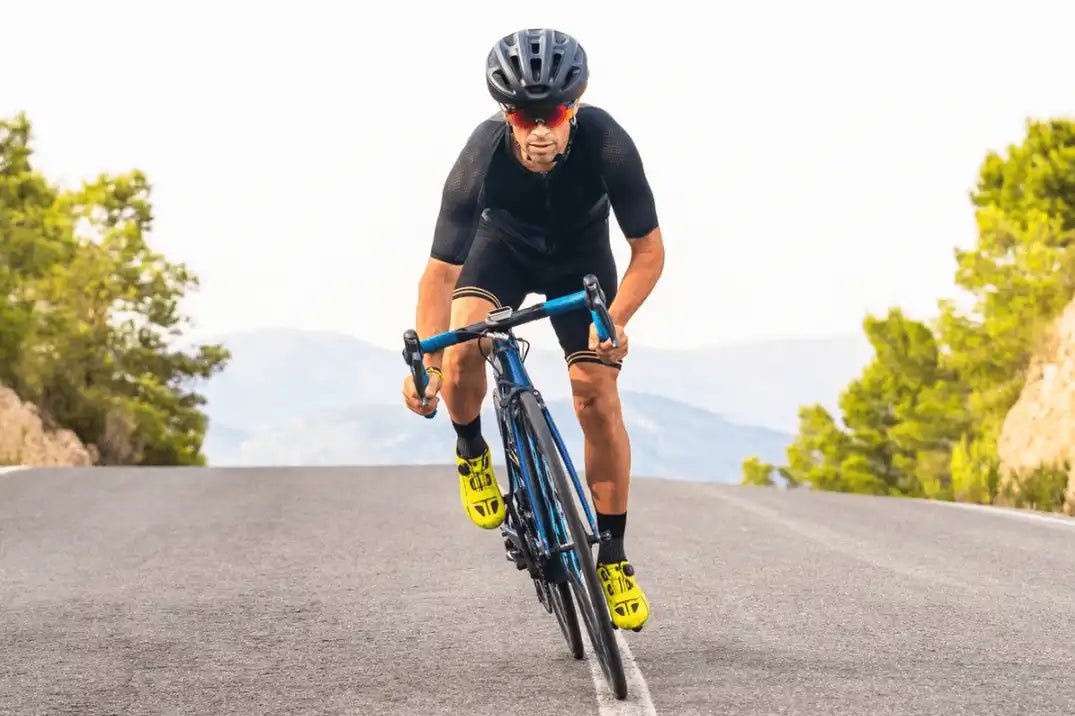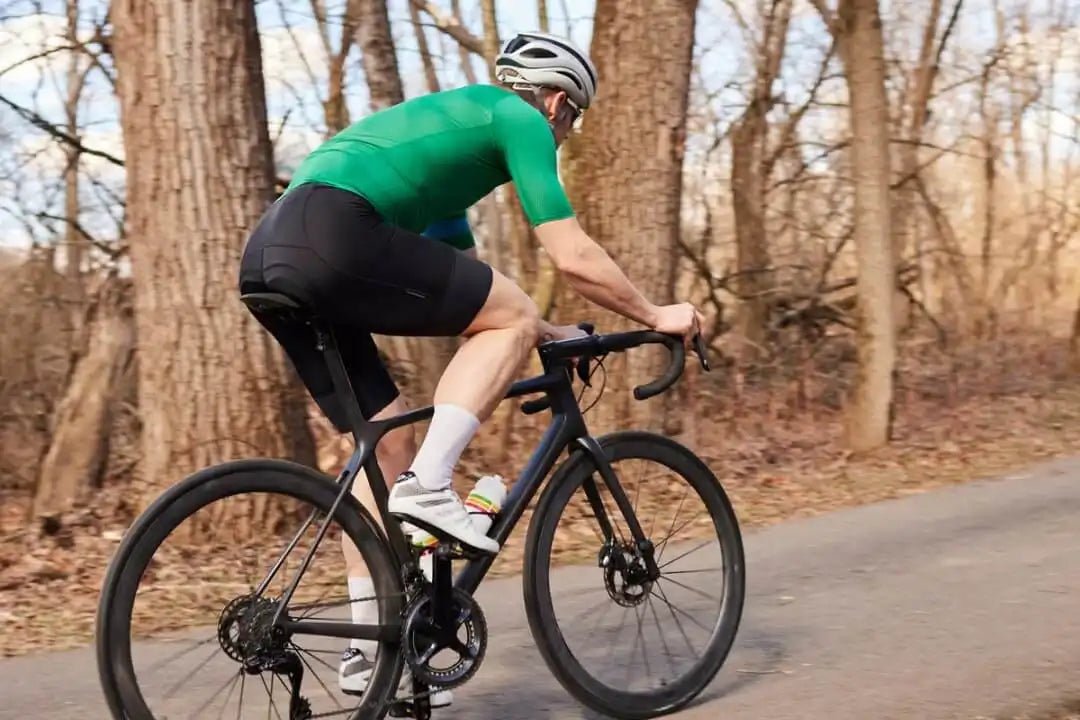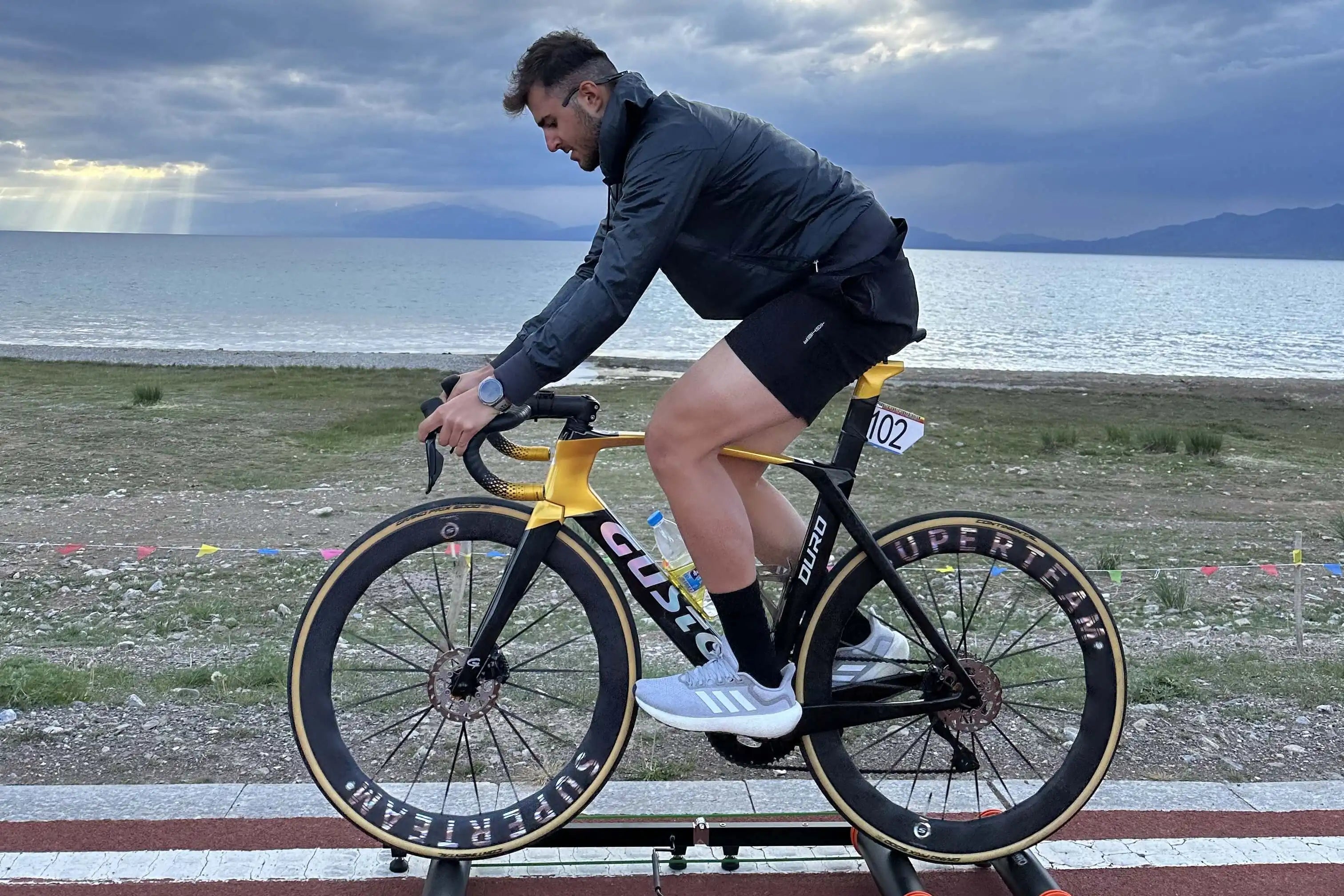Many riders like to set the tire pressure to the highest level because they think that the tire's contact area is the smallest and the rolling resistance is relatively small. However, reasonable tire pressure can better exert the performance of the tire, improve the efficiency and comfort of riding, and bring a better riding experience. Compared with changing equipment, finding a suitable tire pressure is the simplest and most cost-effective way to improve vehicle performance and comfort.
Here we provide you with a weight tire pressure reference recommendation table.

① On potholes or gravel roads, it is recommended to reduce the tire pressure by 5-10psi for better comfort, or replace with a wider outer tire;
② In case of rain or wet road, it is recommended to reduce the front and rear tire pressure by about 5psi to increase the contact area between the tire and the road and improve grip;
③ If you are using a tubeless tire, you can use a lower tire pressure more safely to get better grip and comfort.
Should the road tire pressure be 100psi?
This has almost become a concept. Due to the increase in tire width and rim width, vacuum tires are popular, which makes the tire pressure of road bikes lower and lower, even reaching 60psi. Many people think that too low tire pressure will increase rolling resistance, and they are used to using 100psi or even 120psi tire pressure in their minds. As the tire width increases, we think that lower tire pressure will make the riding experience better.

There is a knowledge that we have overlooked here, that is, tires of different widths can have the same rolling resistance as long as the tire pressure is set correctly. For example, for a 65kg rider, a 28c tire (21mm inner rim width) can make a 25c tire expand by 28mm, such as 60psi, 70psi for 25c tires, 78psi for 23c tires, and 90psi for 21c tires (rim width reduced to 19mm), which is theoretically the same. In other words, tire pressure depends on the weight of the rider and the width of the tire. 100psi is appropriate for a person weighing 80kg and using a 21c tire.
Due to their low deformation loss, cotton tires and tires with particularly thin and soft sidewalls have lower rolling resistance. The reason why wide tires have low rolling resistance is that the contact point with the ground is short and wide, the shape is small, and the sidewall working area is small. The contact point with the ground of narrow tires is long and narrow, the shape becomes larger, and the sidewall working area is also larger. This is why the rolling resistance does not increase even if the wide tire pressure is low and the contact point with the ground is large. In addition, low tire pressure can absorb more vibration caused by road transmission, which significantly improves comfort. On rough roads, it can reduce energy loss and enable riders to pedal more smoothly, which is self-evident. The first task is to set the appropriate tire pressure according to weight and tire width (inner rim inner width) to break the obsession with 100psi.




Laisser un commentaire
Tous les commentaires sont modérés avant d'être publiés.
Ce site est protégé par hCaptcha, et la Politique de confidentialité et les Conditions de service de hCaptcha s’appliquent.